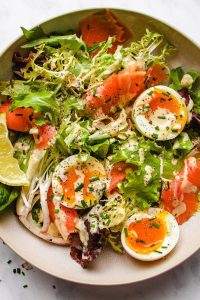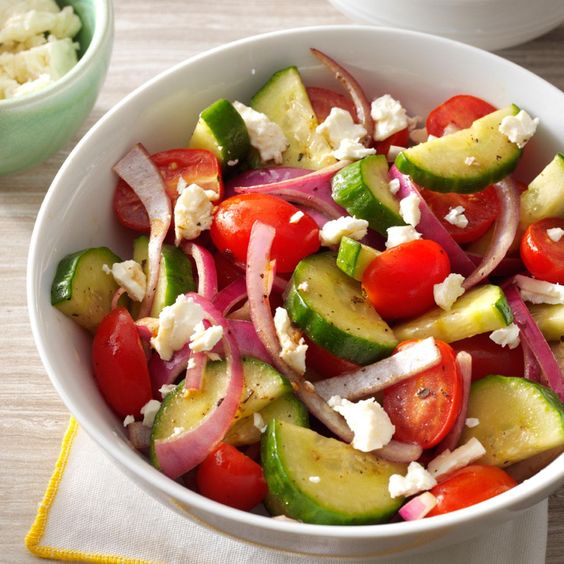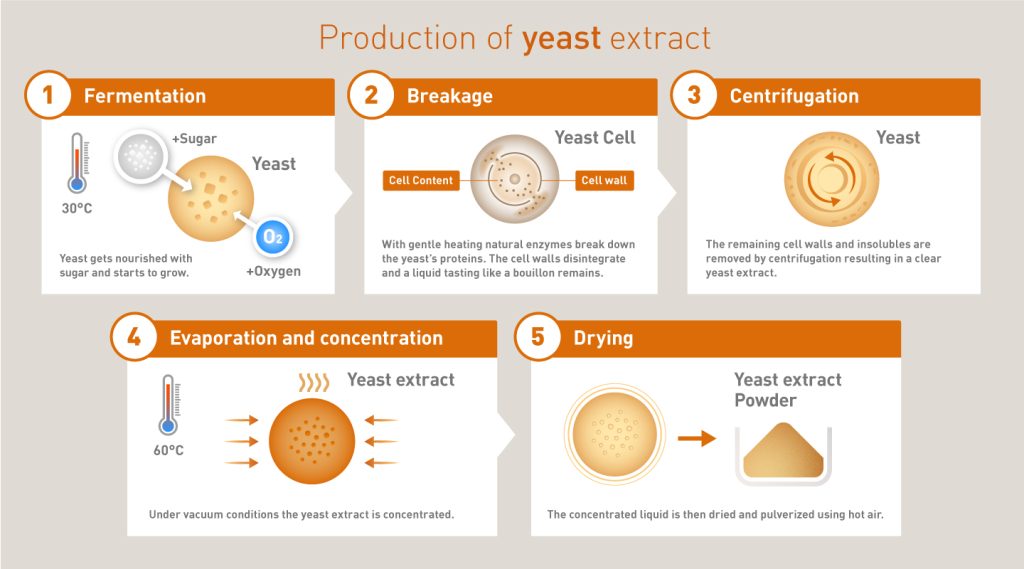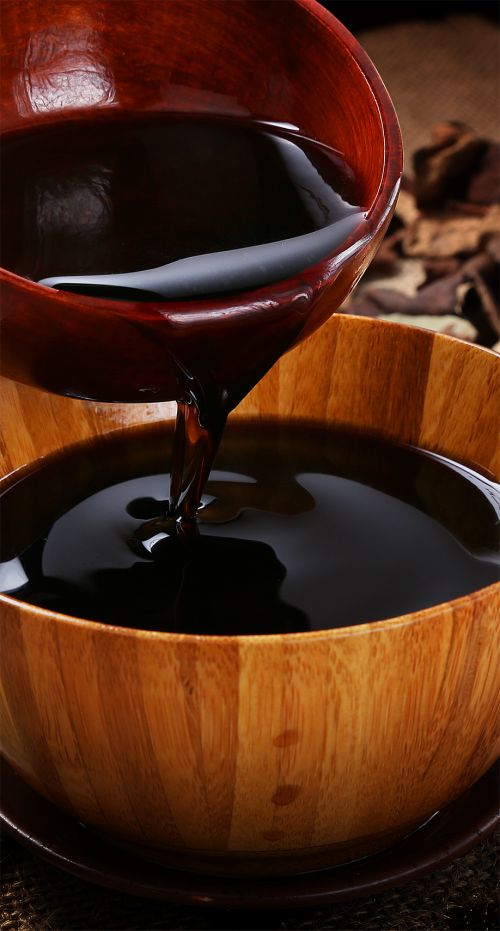Do you have an aversion to salads? Fear not; the world is filled with diverse foods and preparation methods. However, considering that a staggering 81% of us fall short on consuming sufficient vegetables, despite knowing their role in improving health, it might be worth giving salads another chance.

Why the Salad Aversion?
It’s an unfortunate evolutionary quirk that vegetables, despite their numerous benefits, don’t always register as immediately delicious. Our evolution has primed us to crave the sweet or savory taste of high-energy foods, as addressing hunger takes precedence over long-term health considerations.
While vegetables may not pack a high energy punch, they are rich in dietary fiber, vitamins, minerals, and bioactive compounds promoting health. These bioactive compounds contribute to the bitter taste of vegetables, acting as a defense mechanism against environmental stress and predators.
For some, the aversion to bitterness is particularly strong, influenced by our genetic makeup. With at least 25 different receptors detecting bitterness, each person’s genetic combination results in varying sensitivity. Thus, what tastes intensely bitter to some may be barely noticeable to others.
This implies that our starting points differ when interacting with salads and vegetables. Patience is key, regardless of where you begin, as the journey to enjoying salads and veggies is universal.
Cultivating Taste Takes Time
Fortunately, we can train our taste buds, as our genes and receptors don’t dictate the end of the story. Over time, repeated exposure to bitter foods aids adaptation, with our brains learning that bitter doesn’t equate to harm.
Dietary changes also induce alterations in saliva enzymes and other proteins, affecting how our taste buds break down and detect different compounds in food. While the exact mechanisms are unclear, it mirrors other forms of cognitive training.

Masking the Bitterness
Good news – there are effective strategies to mask the bitterness of vegetables, actively enhancing our taste bud training:
- Salt and Fat: These can reduce the perception of bitterness, so adding seasonings and dressings can instantly make salads more enjoyable. Reducing discretionary intake of cakes, cookies, fries, and desserts, rather than avoiding them with vegetables, ensures a more nutritious approach.
- Spice it Up: Adding chili or pepper can serve as a lure for bitterness.
- Sweet Additions: Incorporating fruits into salads enhances sweetness and juiciness, improving overall flavor and texture balance.
- Pairing Favorites: Combining vegetables you are learning to like with those you already enjoy can be beneficial.
- Texture Tweaks: Experimenting with texture, such as cutting vegetables smaller or thicker, aids in finding your preferred salad composition.
Challenge Your Prejudices
Overcoming preconceptions is crucial to changing the salad narrative. The phenomenon known as “unhealthy delicious intuition” often makes us believe that tasty foods are detrimental to health while assuming that healthy foods taste unpleasant. Dispelling this assumption can help you savor vegetables more.
Researchers found that when vegetables were labeled with taste-centric tags rather than health-related ones, participants were more likely to enjoy them. It’s a reminder that taste perception plays a significant role in our food preferences.
Embrace the Journey
Vegetables are beneficial, but as we embark on consuming more, patience and kindness toward ourselves are essential. Collaborate with biology and the brain instead of resisting them.
If the salad you create isn’t an instant hit, refrain from judging yourself or others. We’re all at different stages of the taste bud training journey.
In conclusion, unlocking the pleasures of vegetables involves understanding our evolutionary quirks, embracing patience, and experimenting with flavors. Transforming salads from a culinary challenge into a delightful experience is not only possible but also rewarding on the path to a balanced diet.
References:
[1]Author, A. (Year). Title of the study. Journal of Nutrition, Volume(Issue), Page range. [Link to the study]
[2]Author, B. (Year). Title of the article. Magazine Name, Volume(Issue), Page range. [Link to the article]



